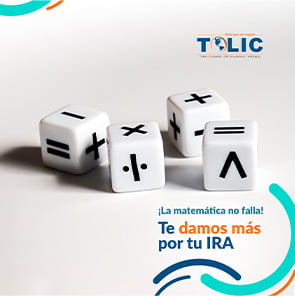Stem cells come from the bone marrow, bloodstream, and umbilical cord blood of newborns. These are extracted from donations and transplanted into patients with a stem cell deficiency.
Stem cells are important because they produce “red blood cells, white blood cells, and platelets.” When there are insufficient stem cells in the blood, the blood cells cannot do their job properly.
Bone marrow transplant, also called stem cell transplant, consists of “[reemplazar las células de][replacing the cells of the] bone marrow with healthy cells” either in the bone marrow or the blood. This type of transplant “restores [del][the] body’s ability to create the red blood cells, white blood cells, and platelets it needs.” It is also used to treat cancers, such as “leukemia, myeloma, and lymphoma, and other blood and immune system diseases that affect the bone marrow.”
Some cancers originate “in the bone marrow and other can spread to it.” These cancers cause the bone marrow “to make [células insanas que][too many unhealthy cells that] don’t work like they should” and “crowd out others” preventing their normal development[desarrollo normal]. Transplanting stem cells stops the growth of cancerous cells and restores the cells’ correct and healthy functions.
The two types of stem cell donations are autologous transplant (“when people donate their own bone marrow”) and allogenic transplant (“when another person donates bone marrow”). Subsequently, there are two types of allogenic transplant:
- Peripheral blood stem cell (PBSC) donation – a non-surgical procedure through which stem cells are obtained from the blood-forming cells[que se encuentran] that are found in the circulating (peripheral) blood.
- Bone marrow donation – “a surgical procedure” administered under “general or regional anesthesia to block the pain” in which “[the] doctor will insert a special hollow [needle into the] rear of the pelvic [bone to draw out] the marrow.”
To become a donor, you must:
- Be “between the ages of 18 and 60,” although some registration campaigns “only accept donors who are younger than age 45.”
- Be “healthy” and women cannot be pregnant.
- Either use a “cotton swab to take a sample of cells from the inside of their cheek” or “give a small blood sample (about 1 tablespoon or 15 milliliters)” to be tested “[de antígenos][for human] leukocytes antigens.”
- Be compatible with a patient who needs the transplant.
All stem cell transplants are expensive, but some have higher costs; and allogenic transplants can be more expensive than autologous transplants. Also, treatments that include “drug and radiation treatments used to destroy bone marrow” are very costly. In addition, certain types of transplants “require more time in the hospital than others.” All of this can add up to thousands of dollars.
Unfortunately, certain types of transplants are considered “experimental for some types of cancer” (such as those with solid tumors), therefore, some medical insurance plans do not cover certain procedures.
Therefore, TOLIC offers you our policies Cancer Única Plus and Cancer Elite Plus, which you can combine with our Organ Transplant policy. Our Organ Transplant policy gives the Insured a maximum guaranteed benefit of $10,000 for services and materials provided for bone marrow cultivation.
For more information, visit our website www.tolic.com or email us to contact one of our representatives (customerservice@tolic.com).








